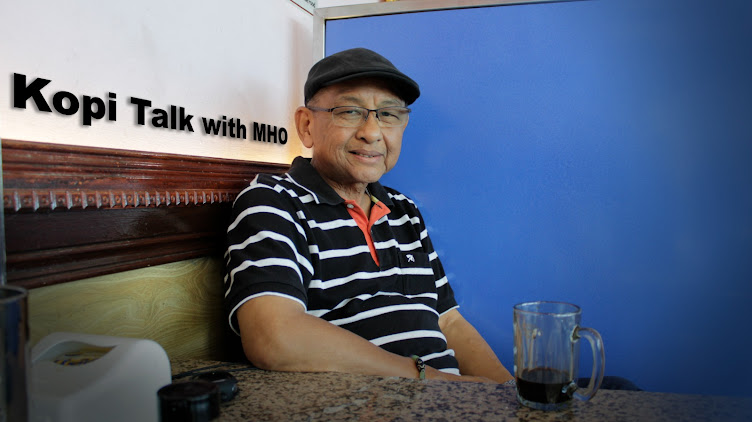In the early days of my career, I covered a wide range of topics, from social events to crime stories, and even government affairs. But it wasn't just about following the news; it was about immersing myself in the rhythm of society. And some of the best places to do that were at coffee shops, mosques, and other social gatherings.
Coffee shops were the epicenters of conversation and intrigue. They were where people gathered to talk about the latest news, gossip about their neighbors, and debate the latest political issues. As a journalist, I knew that if I wanted to get the real story, I had to be a regular at these coffee shops. I would often overhear conversations that gave me leads for stories. I would also talk to people and ask them about their thoughts on current events. This helped me to get a better understanding of the pulse of the community.
I also spent a lot of time at other social gatherings, such as weddings and community events. These were always vibrant celebrations, and they were a great place to hear stories that might not have made it into the news. Amidst the festivities, people would often let their guard down and share secrets that they wouldn't have told anyone else. I would also take photos of the events, which helped me to capture the essence of the community and the spirit of the occasions I covered.
However, sending pictures back to the office was a challenge. Digital cameras weren't yet widely available, so I had to use film cameras. This meant that I had to develop my film at a local photo lab, and then send the prints to the office by bus or courier. It was a time-consuming and expensive process, especially since the office was about 100 kilometers away from Bandar Seri Begawan, where I was posted.
I remember one time, I was covering a community event in a remote village. I took some great photos, but it took me two days to get the prints back to the office. By the time they arrived, the story was already old news.
That experience taught me the importance of having a fast and efficient communication system.
Fast forward to today, journalists have access to a vast array of tools that make it easy to get the news out quickly and accurately. We can use social media to connect with sources, live-stream events, and publish our stories instantly. This is thanks to the incredible pace of innovation in information and communication technology.
I no longer need to hang out at coffee shops or weddings to get the pulse of the society or to scan for issues of the day. I can now join online forums and chat groups to fish for information or to get the latest intrigues.
The rise of social media has given journalists a new platform to reach a wider audience. We can now share our stories with people all over the world, and we can get feedback and input from our readers in real time.
Journalists can now live-stream events and interviews, giving readers a real-time view of the news. This is a powerful tool for journalists, as it allows us to show people what is happening as it happens.
The use of artificial intelligence (AI) is transforming the way journalists gather and report news. AI can be used to identify trends, analyze data, and generate story ideas. This is a powerful tool that can help journalists to be more efficient and effective.
The future of journalism is uncertain, but it is clear that the industry is changing rapidly. Journalists need to be adaptable and willing to embrace new technologies. We also need to be mindful of the ethical implications of these technologies.
I am proud of the work that I have done over the years, and I am excited to see what the future holds for journalism. I believe that the industry is poised for a new era of innovation and creativity, and I am eager to be a part of it.
I hope that this article has given you a glimpse into my journey as a journalist. It has been a challenging but rewarding career, and I am grateful for the opportunity to have experienced it. (MHO/09/23)




.jpeg)
No comments:
Post a Comment